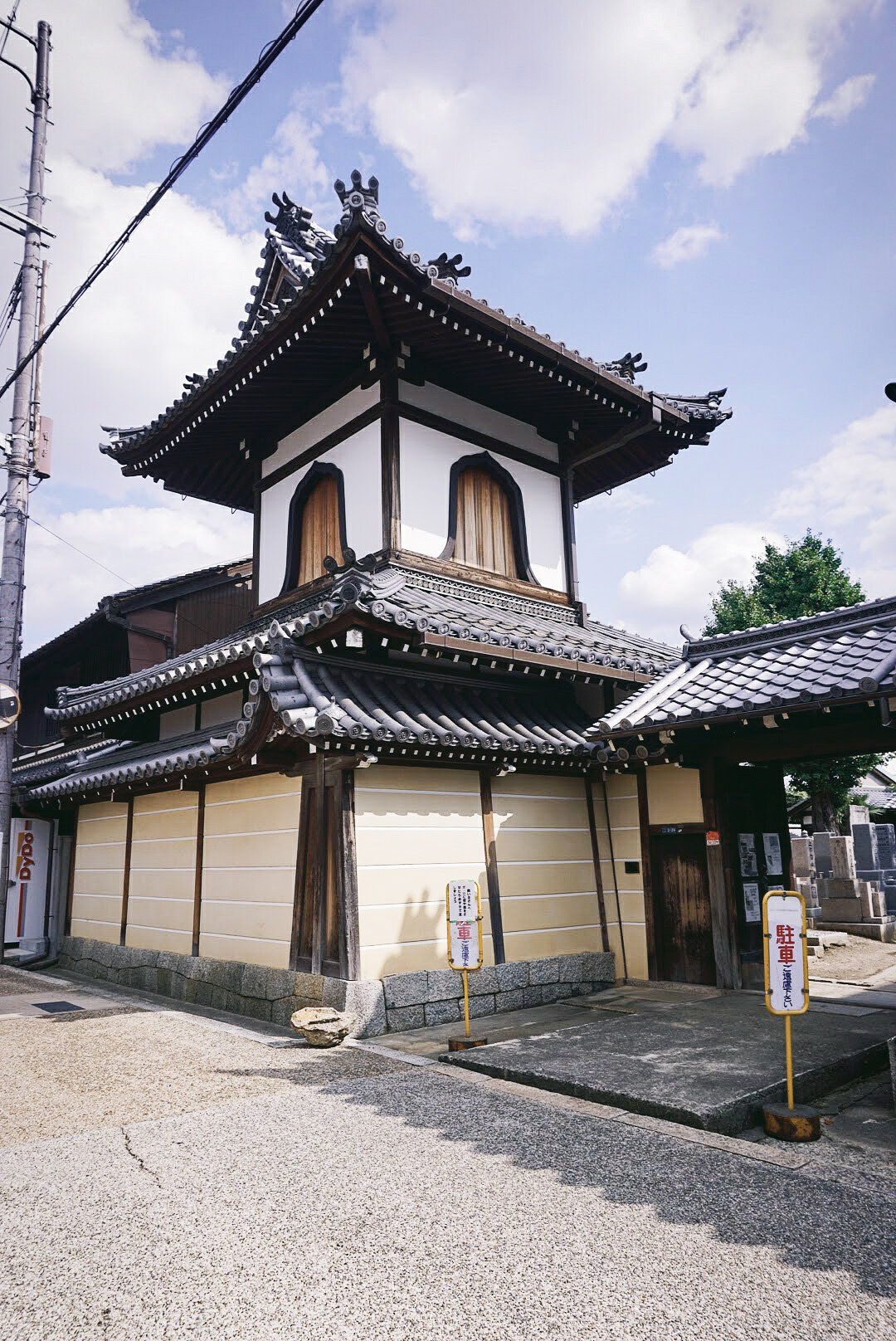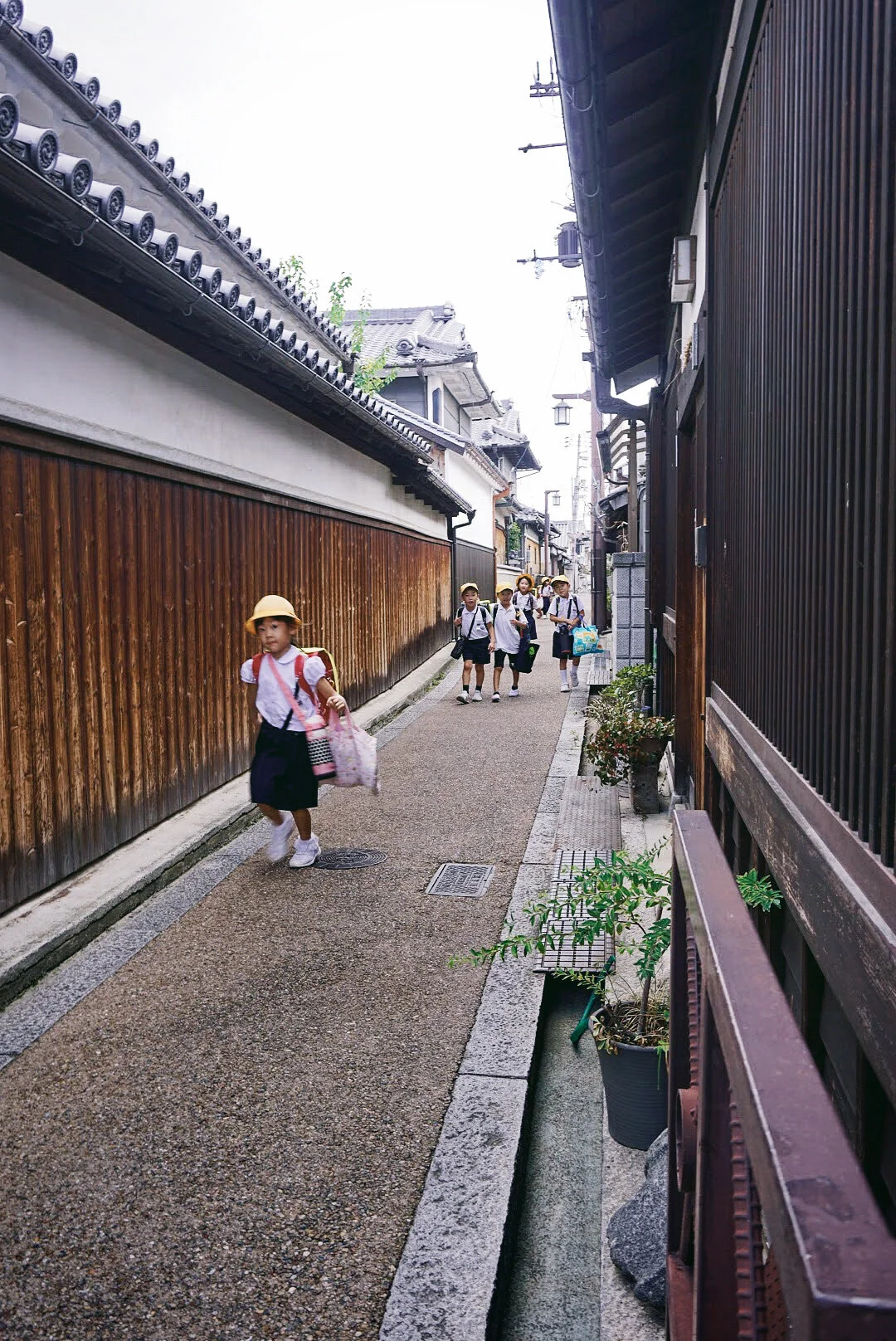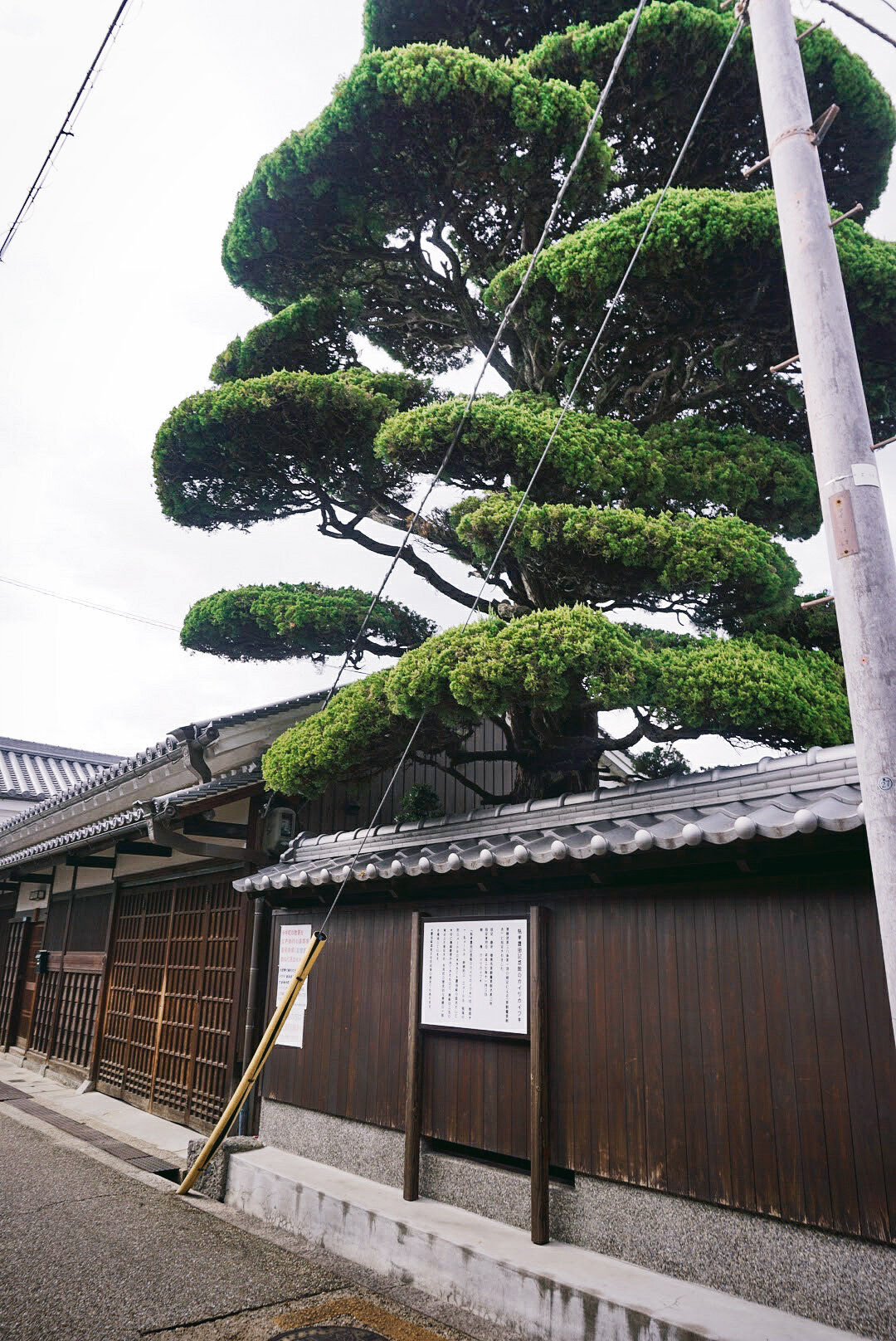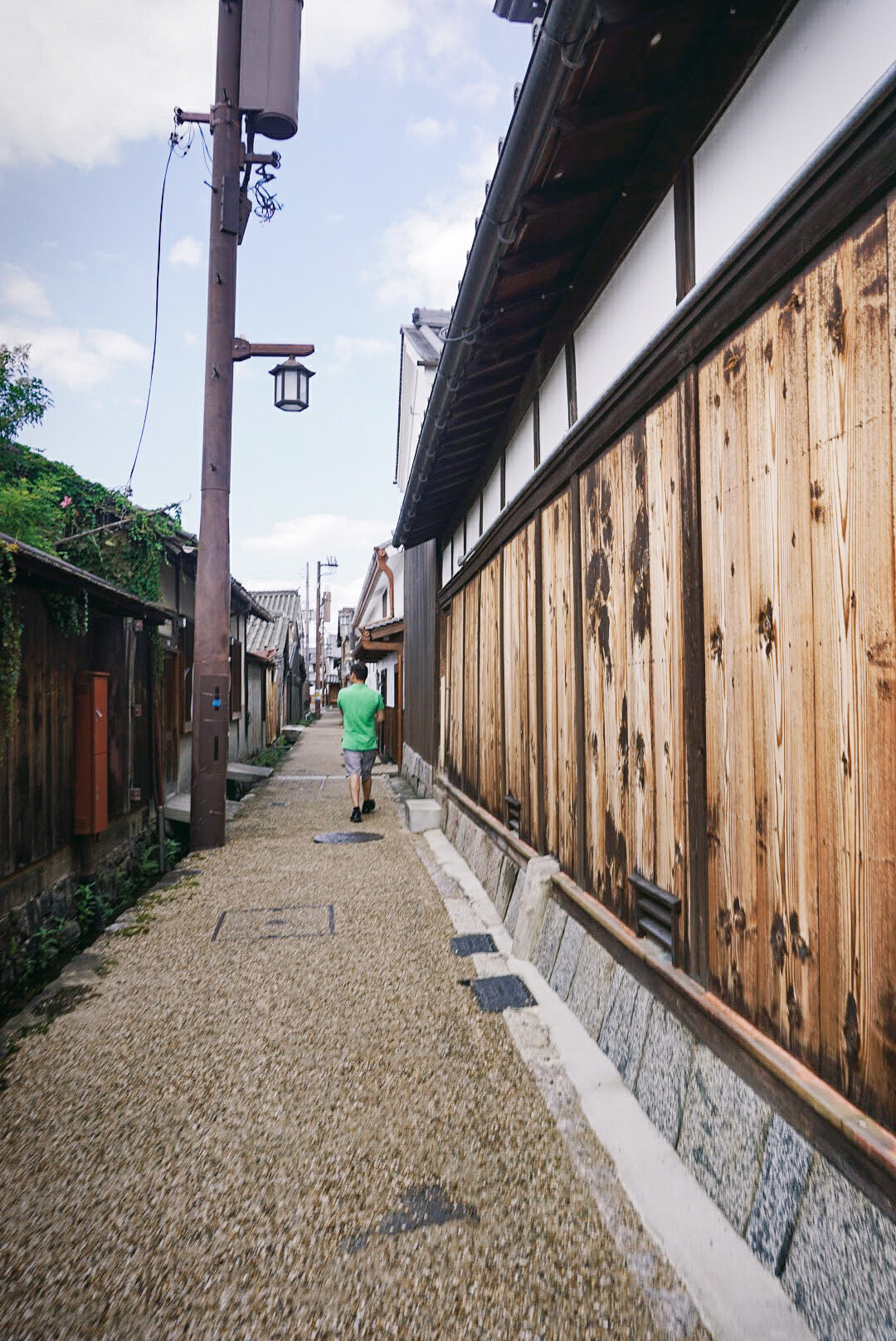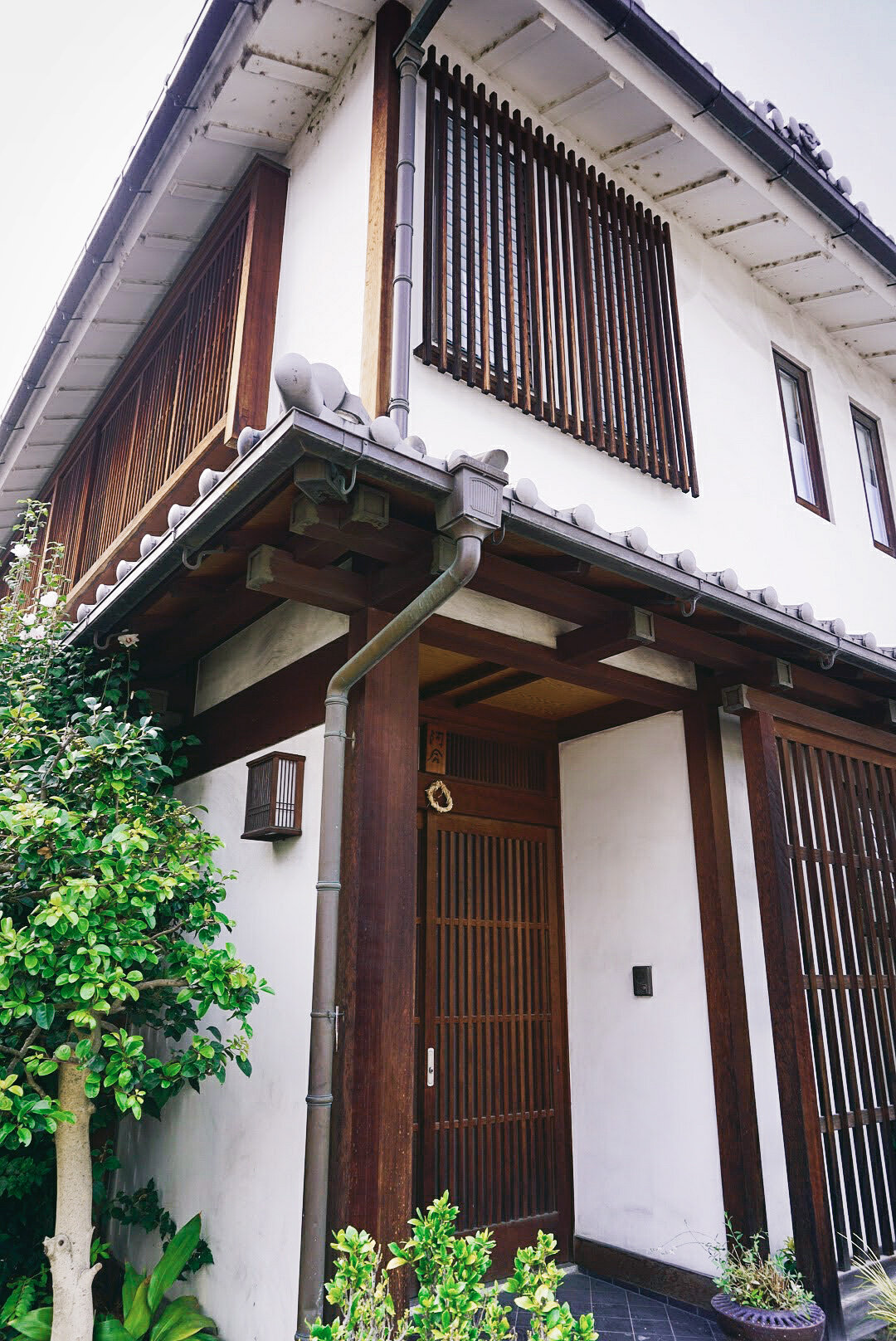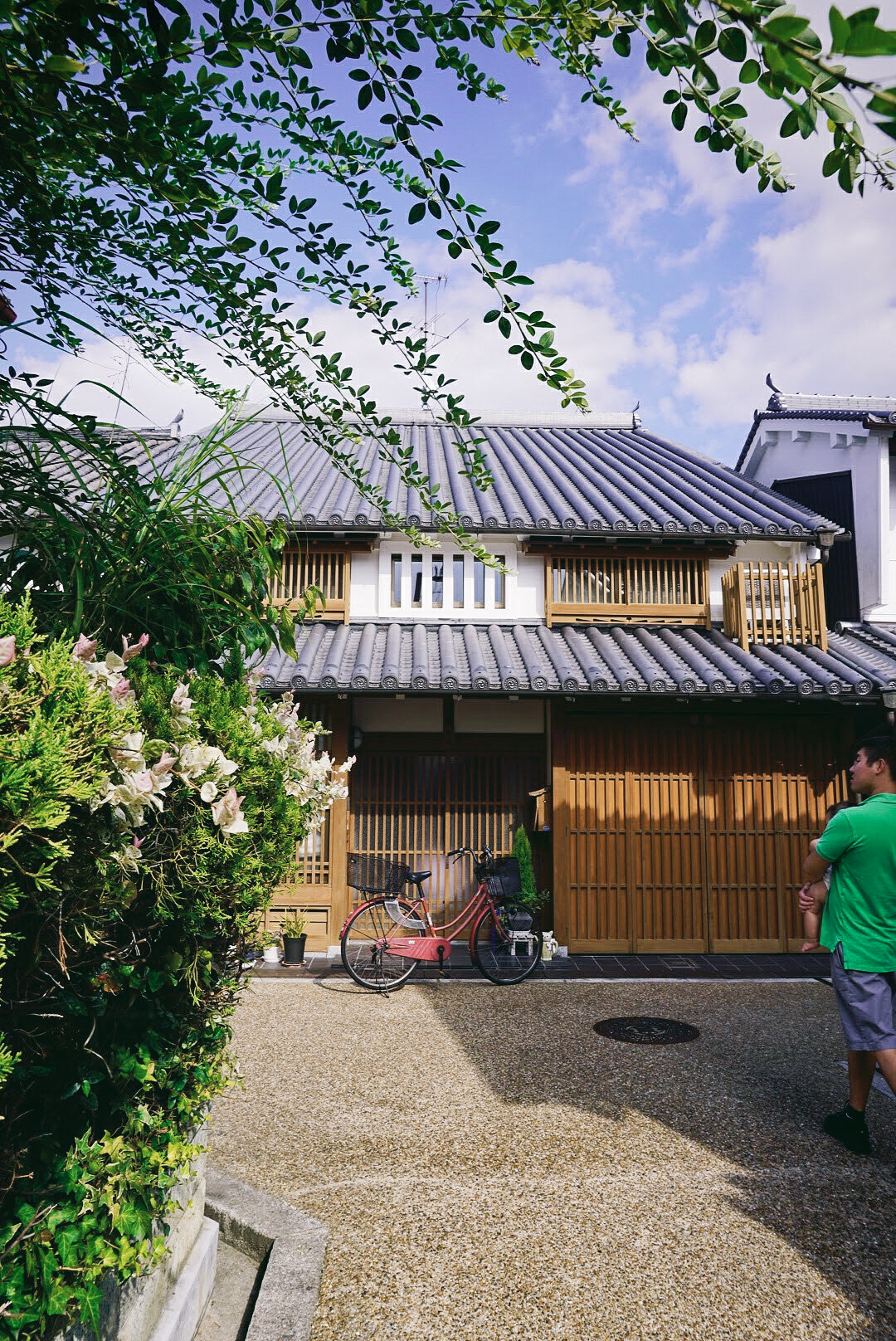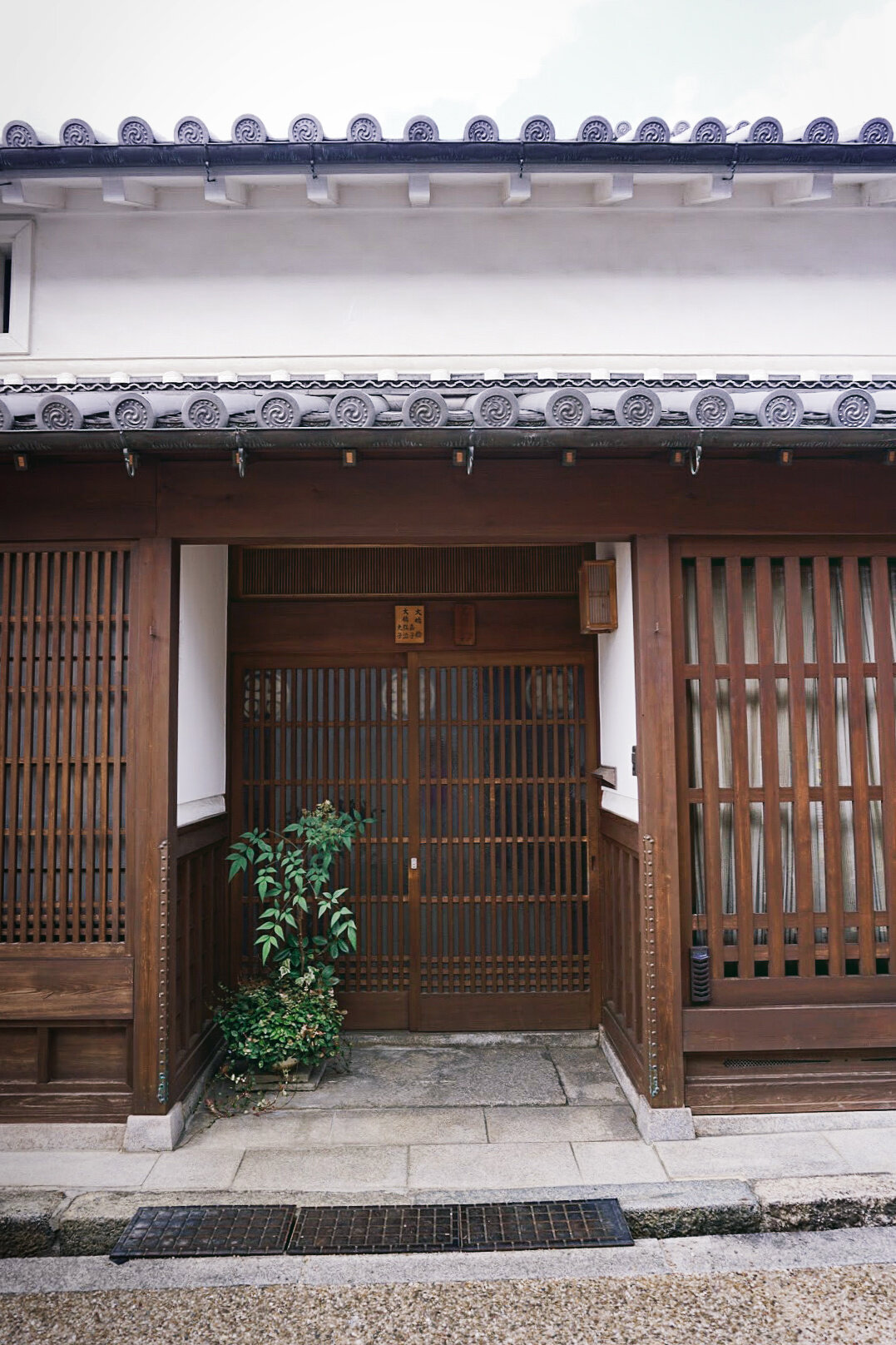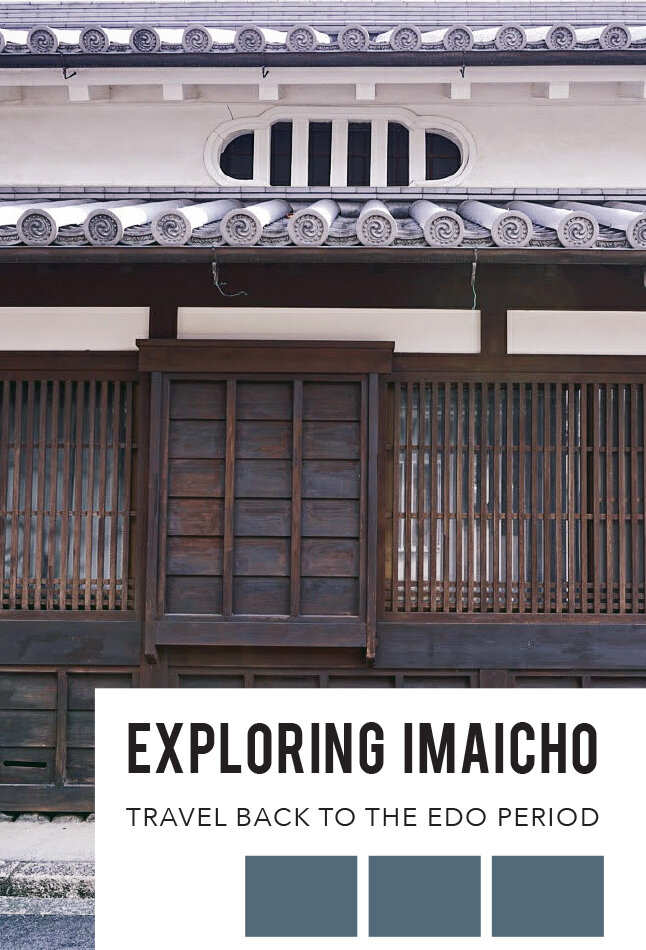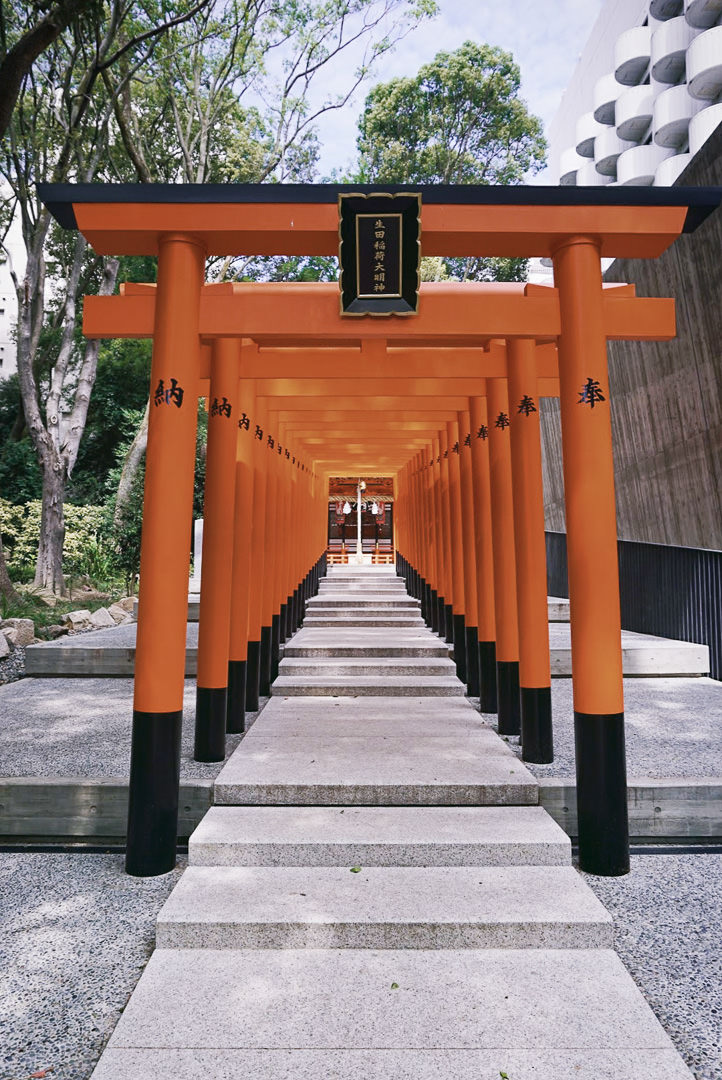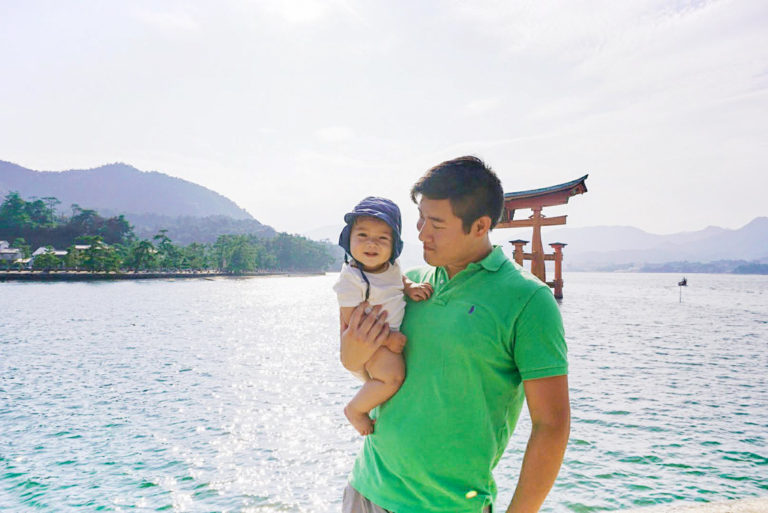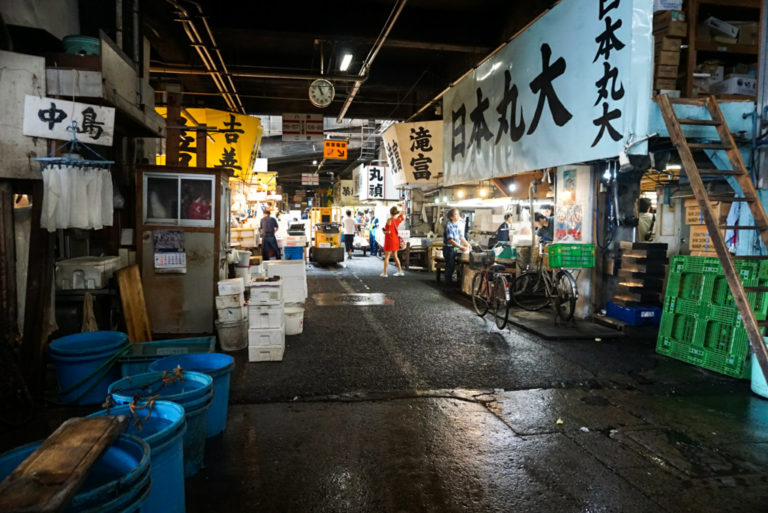Exploring Imaicho, an Edo period town
Since I was young, I’ve enjoyed reading historical memoirs. I’ve daydreamed about time traveling to different places at various points in history. Culture fascinates me, and that’s one of the reasons I love to travel. While a time machine is currently out of the budget, modern-day travel seems to satisfy my appetite for now. Luckily, there are plenty of well-preserved artifacts, cultures and structures around the world to give me a glimpse of what was.

I wanted to visit Hida-Takayama or Kanazawa, but they were a little too far off course for our first time in Japan. I’d still like to visit these two towns, but I’m glad we skipped them this time because it made me dig deeper. I found a hidden gem that doesn’t seem to get as much attention. Not far from Osaka or Kyoto, lies Imaicho (Imai-cho 今井町).
Imaicho is a town within Kashihara city, in Nara Prefecture. There are around 500 traditional houses and buildings in a compact grid which probably make it the largest preserved Edo town in Japan today. Imaicho was founded before the Edo period sometime in the 1500s as a temple town surrounding Shonen-ji Temple (or Shounen-ji). During the Edo period (1603-1868), Imaicho rose as an important and wealthy merchant town along popular trade routes.
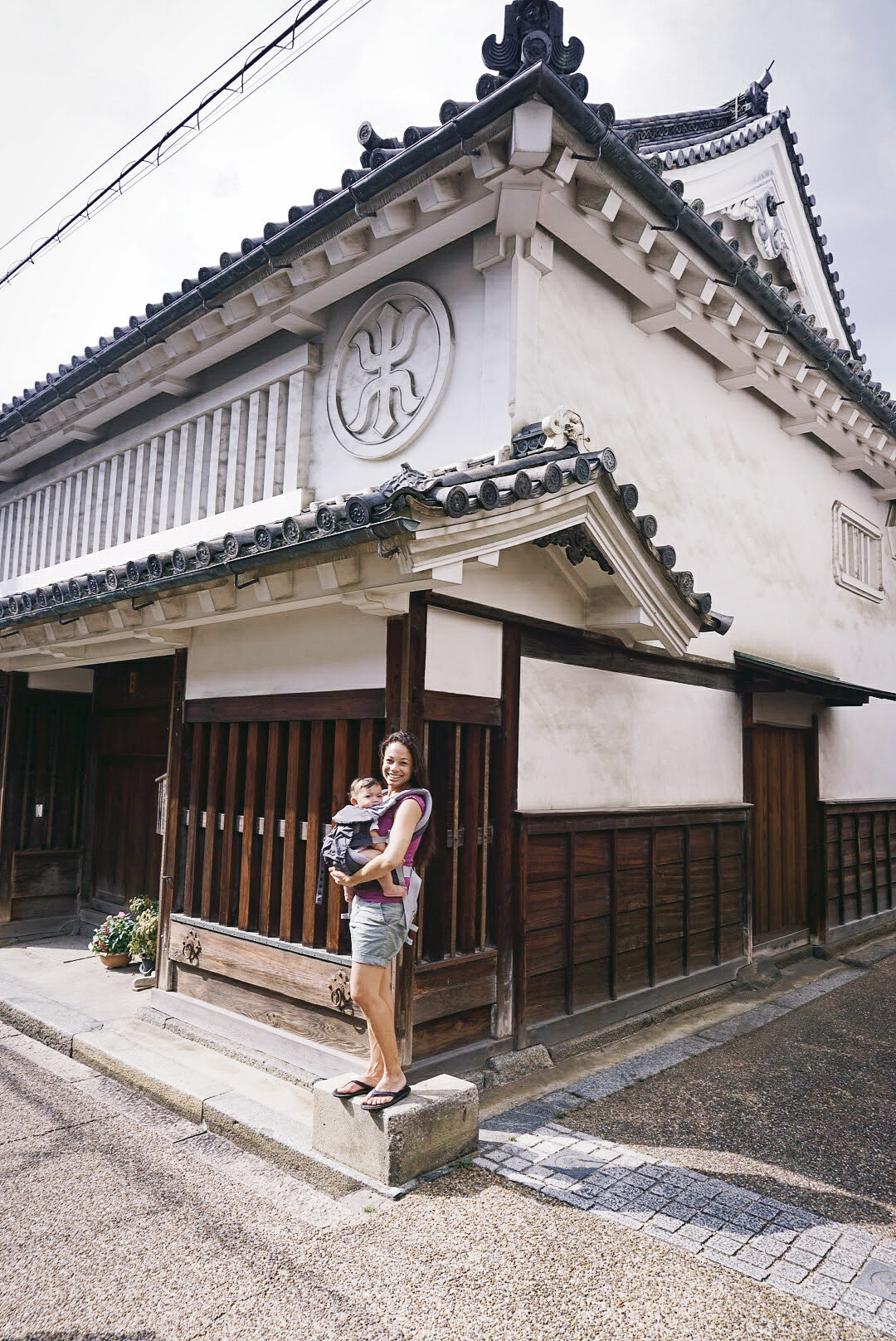
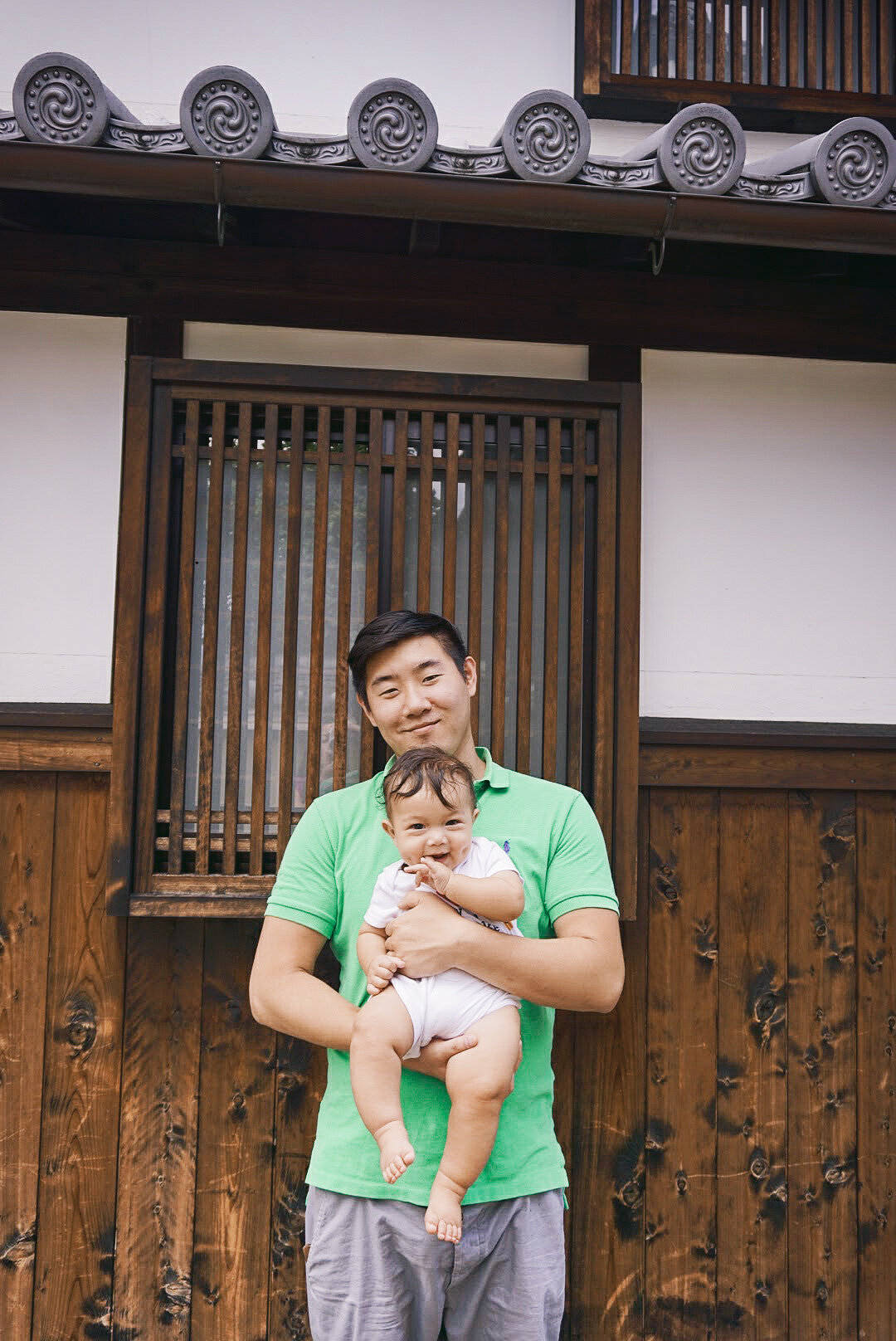
Getting to Imaicho
It can be a little off from main routes today, but Imaicho used to be part of regular trade routes for merchants during the Edo period.
By car
You can drive to Imaicho, but once there, it’s more of a walking or biking town.
By train
Like most places in Japan, Imaicho is well connected to the railways.
From Osaka it takes about an hour to get to Imaicho. Take the metro to Namba station. At Namba, transfer to the Vista Car to Yamatoyagi. From Yamatoyagi station you can walk (about 10 minutes) or grab a taxi. Yaginishiguchi station is the closest stop to Imaicho, but it only services one of the train lines.
From Kyoto, it takes about an hour and a half. From Nara, it’s about an hour south to Imaicho.
NOTE: Check Google maps transit directions for the most accurate directions based on your exact location and time of departure.

Exploring Imaicho
Wandering the streets transports you back in time, and you can easily lose track of time admiring everything. Some of the streets have the power lines hidden, and no signs of cars to further preserve the Edo period ambiance. You don’t need an agenda in Imaicho, but these are some noteworthy places to check out if you feel the need.
- Hanairaka Information Center (or Imai Machinami Koryu Center)
- Shonen-ji, temple
- Imanishi Residence, town administrators
- Kometani Residence, merchant house
- Kawai Residence, a sake brewery
- Toyodake Residence
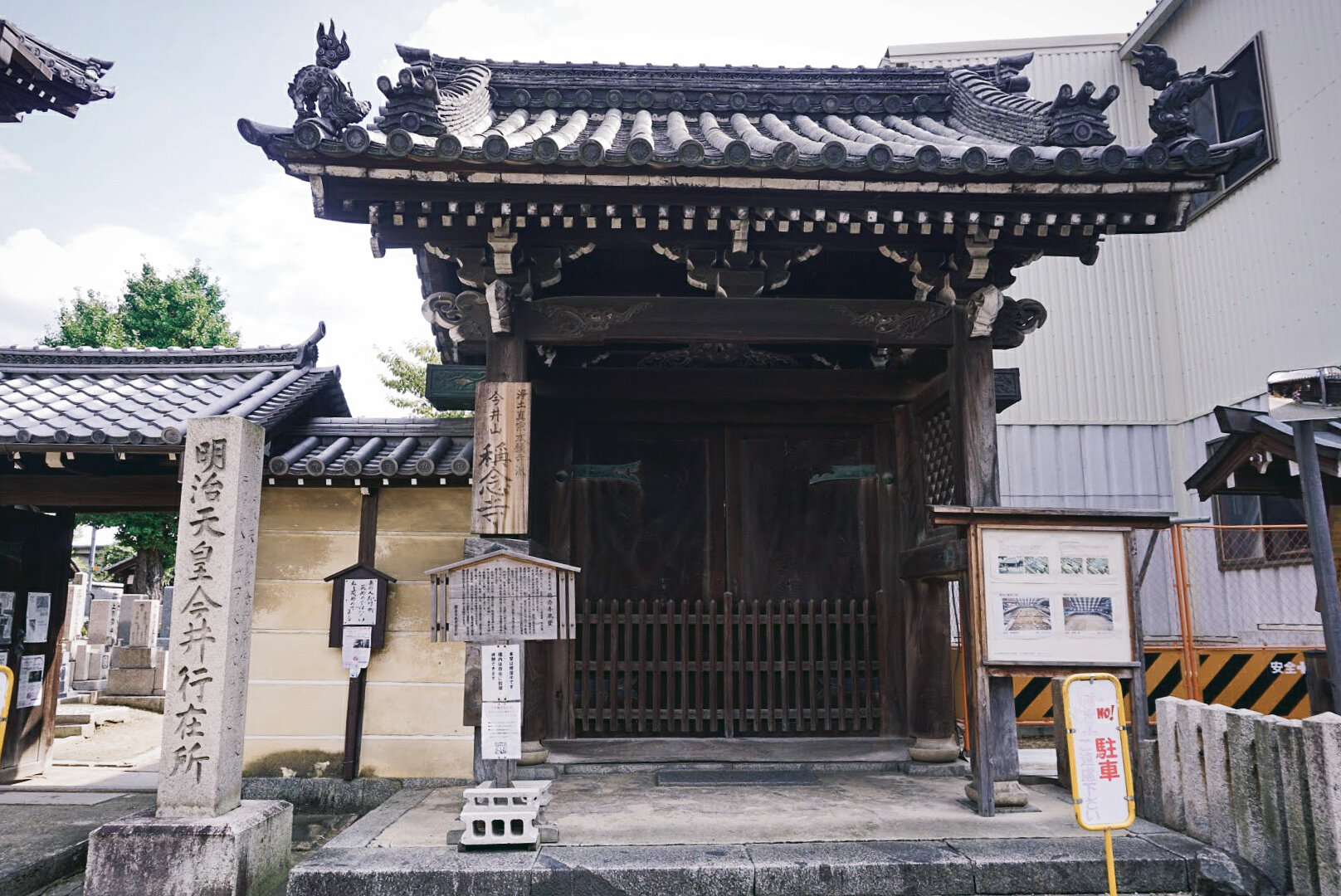
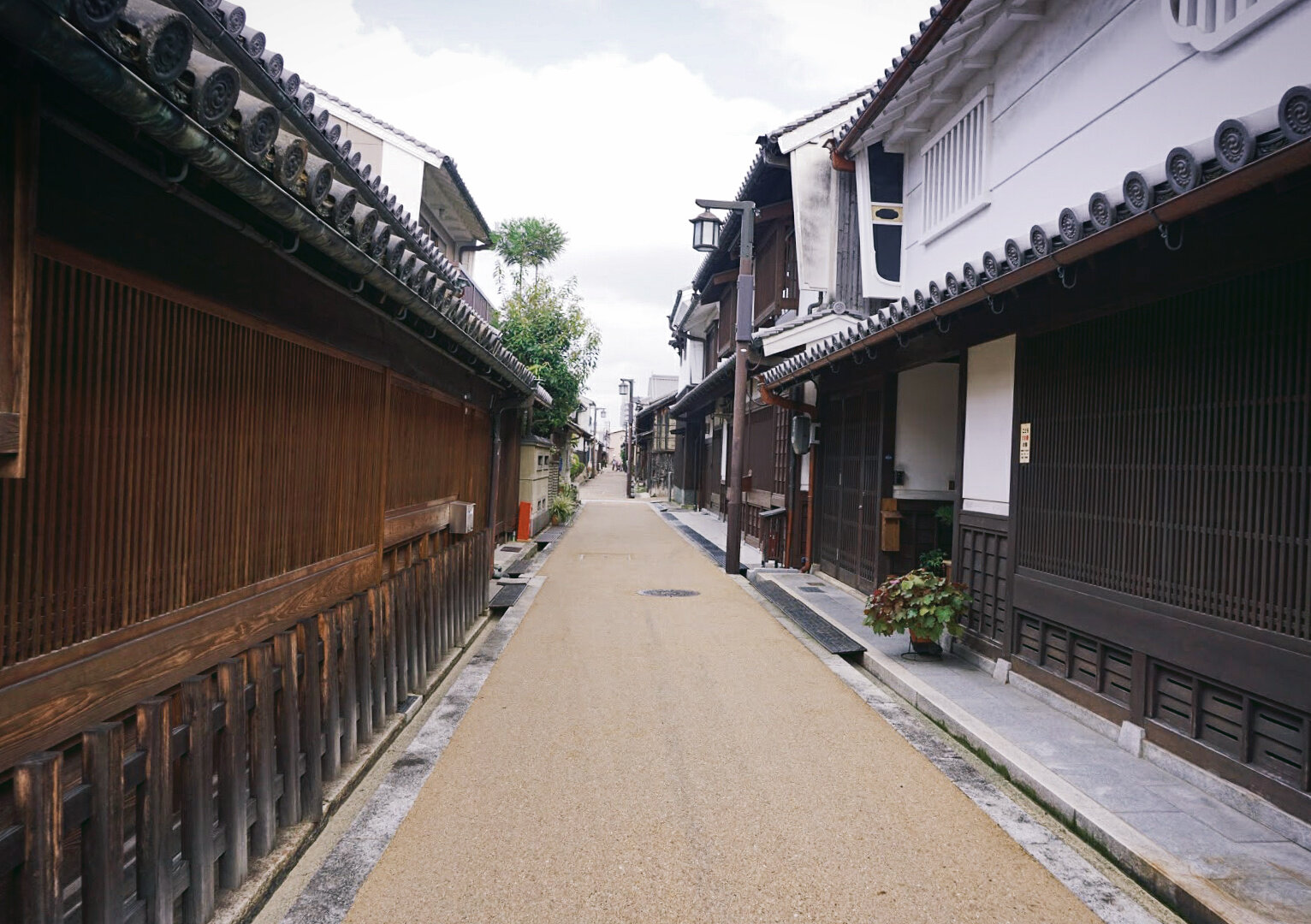
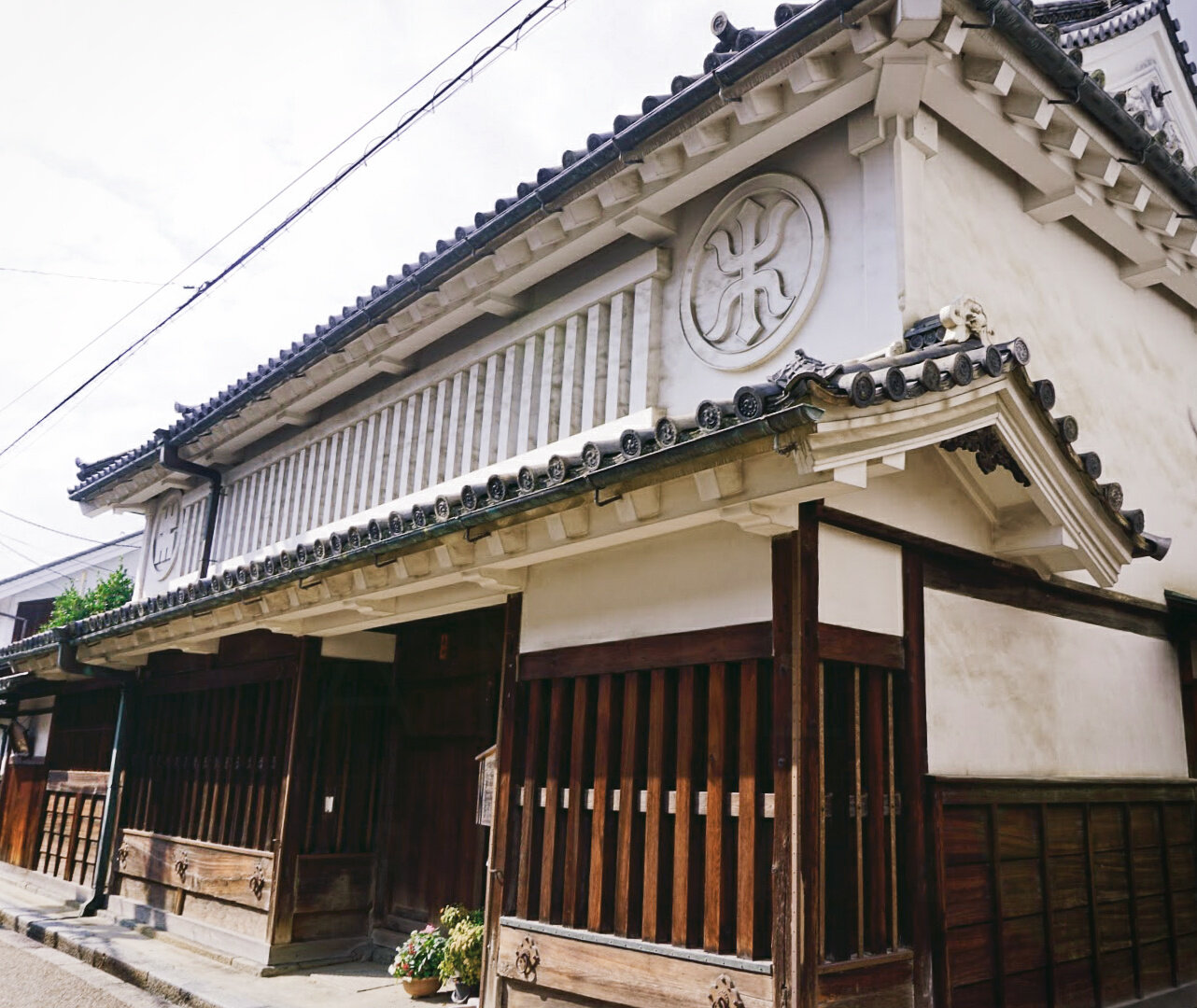
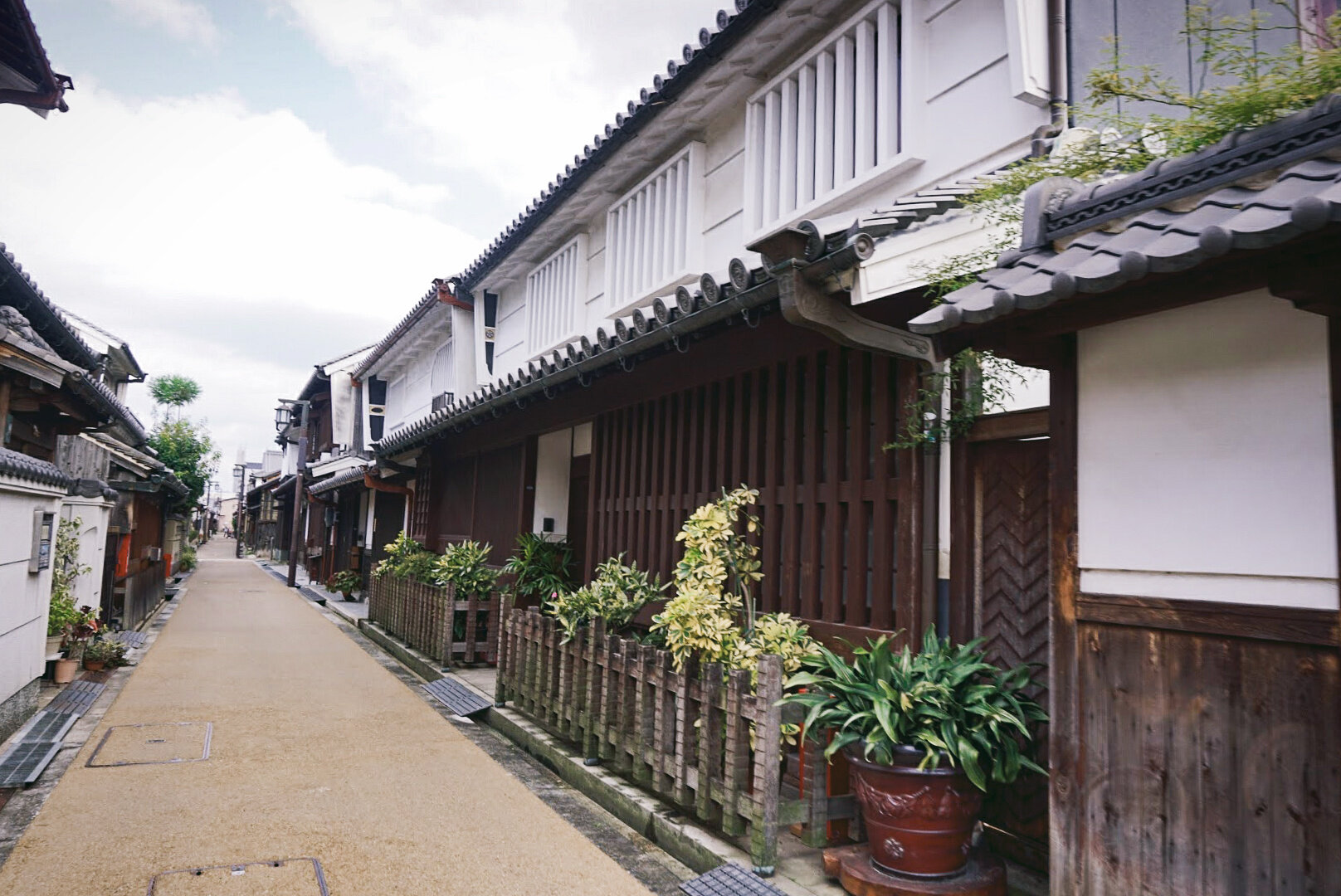
We stumbled upon some of the points of interest without intentionally seeking them out. The town is very compact and easily walkable. The information center offers tours, and has maps and literature. We do not speak Japanese, but they kept trying to talk to us to explain things and wanted to interact with Elden.
Despite its pristinely preserved appearance, Imaicho is not just for show. Imaicho is like a living museum. There are select historical houses and businesses open for tourists, but otherwise regular people live regular lives in the other houses. Keep this in mind as you stroll through the streets. We visited in the afternoon and it was very quiet and mostly empty. Imaicho doesn’t appear to be a big tourist destination, and that adds to the authenticity and charm. There were no excessive crowds or shops pushing souvenirs. It was a regular, mostly residential town, that happens to have beautifully preserved Edo period architecture.
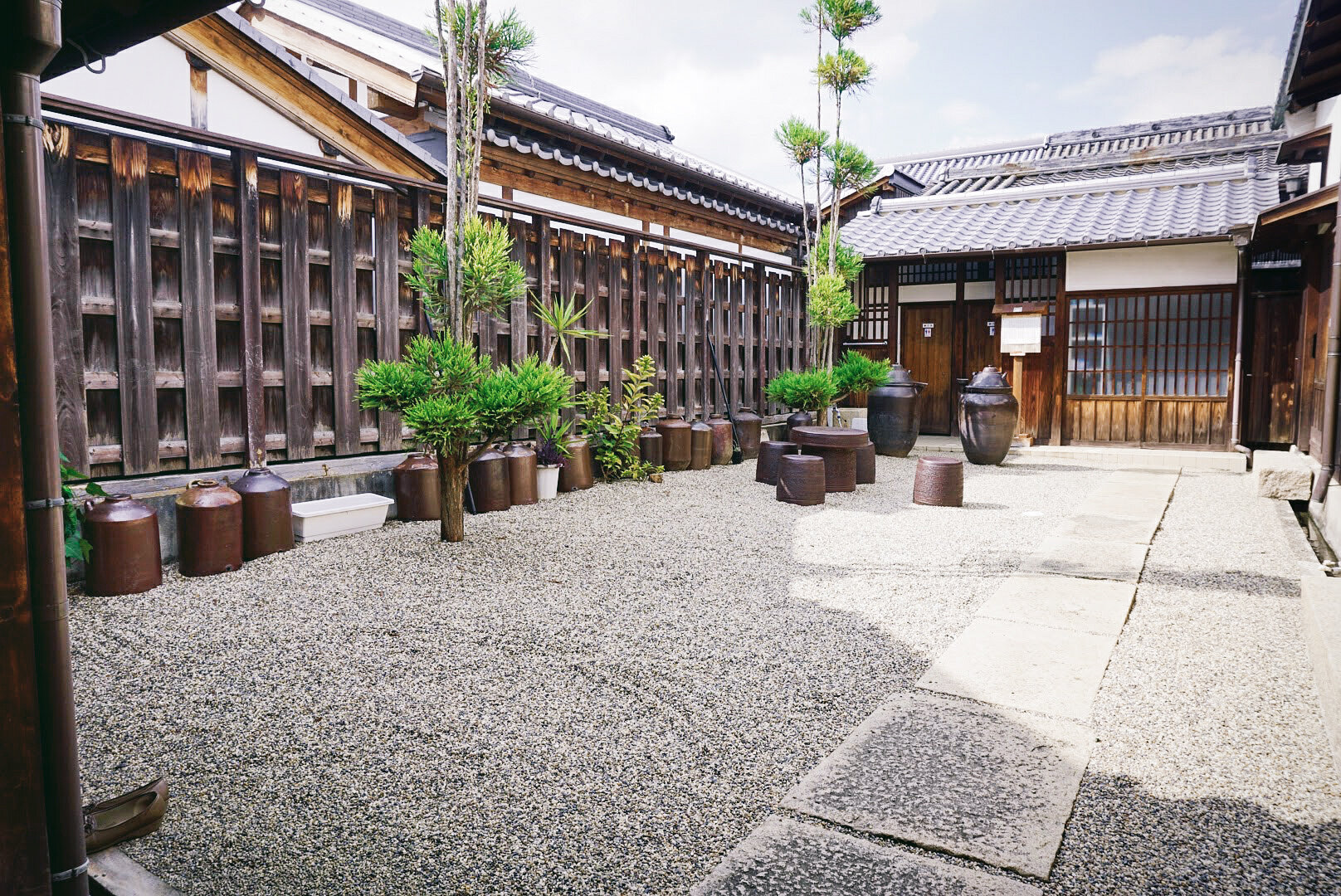
Baby/Toddler Traveler Notes:
- Imaicho is very stroller friendly with flat paved roads.
- There are cars on the outskirts, but inside the historic area we didn’t see any cars so it’s safe to let little ones move around more freely.
- Locals were very welcoming and excited about our baby.
- Like most places, children live here too. We encountered some school children being let out of school while we were wandering.
- There is a small park, Imaisobuhashi Park, right along the river on the outskirts of Imaicho which can be good to rest or let the kids run and there are restrooms.
Related Reading
- Why Japan is a great place to travel with your baby
- Bringing a baby to Tsukiji fish market
- Day trips from Osaka with kids
